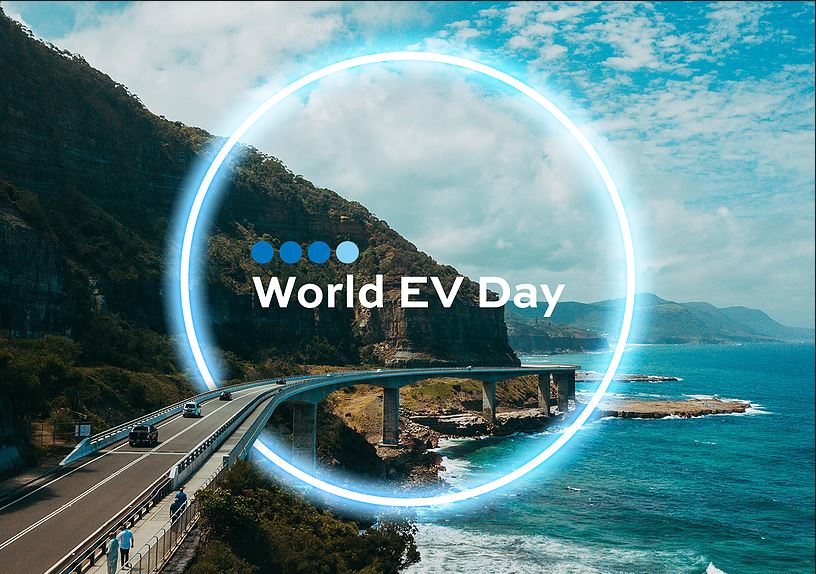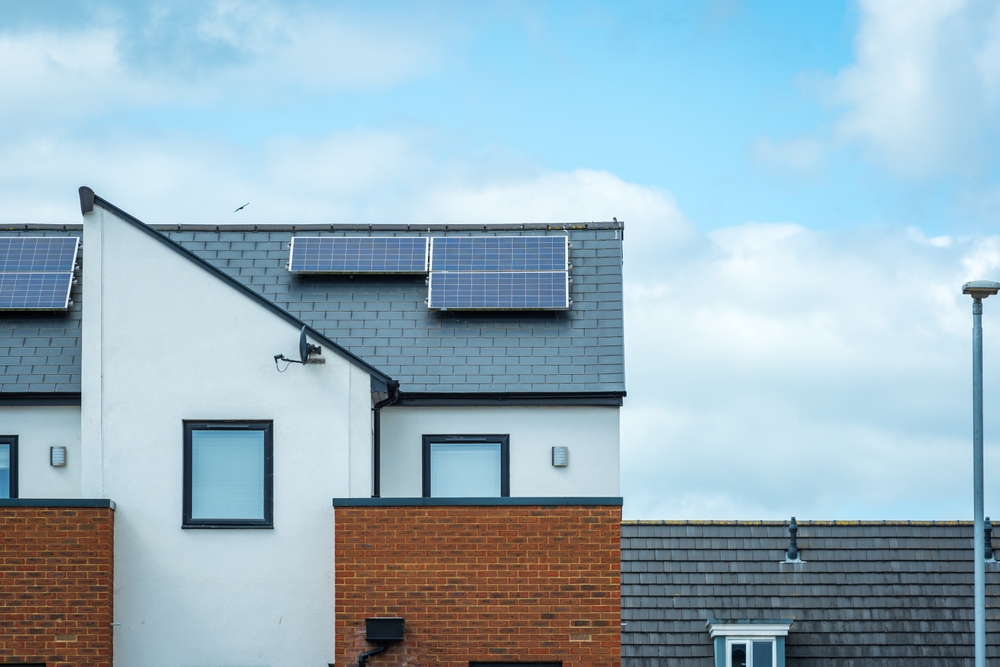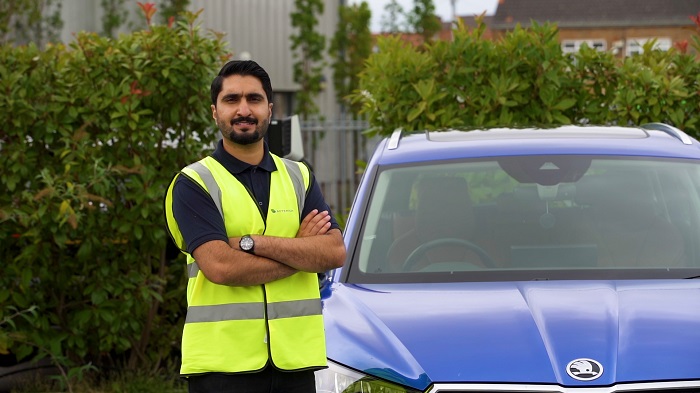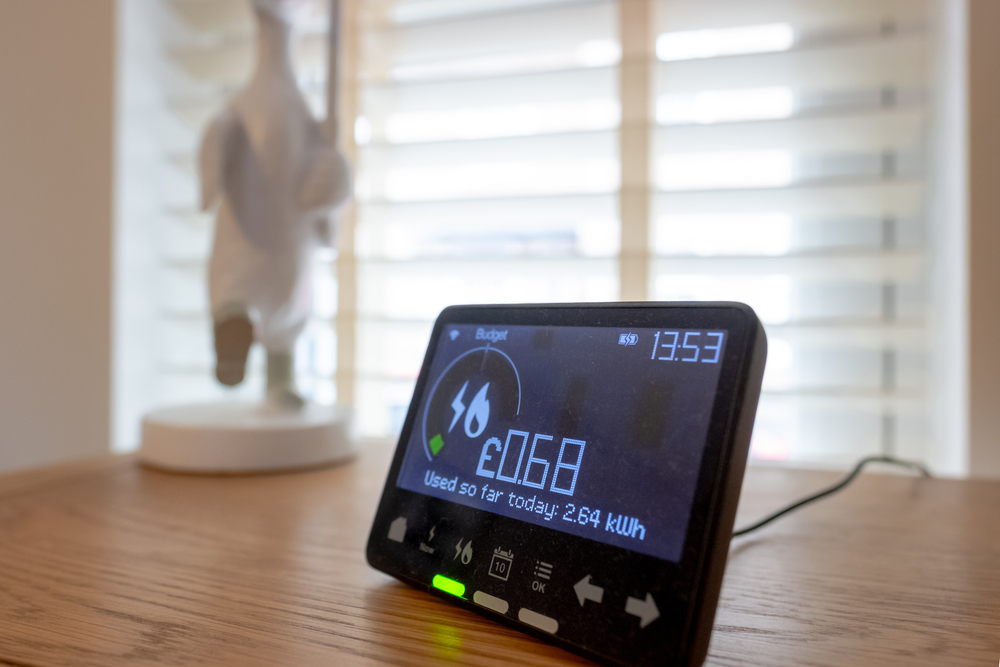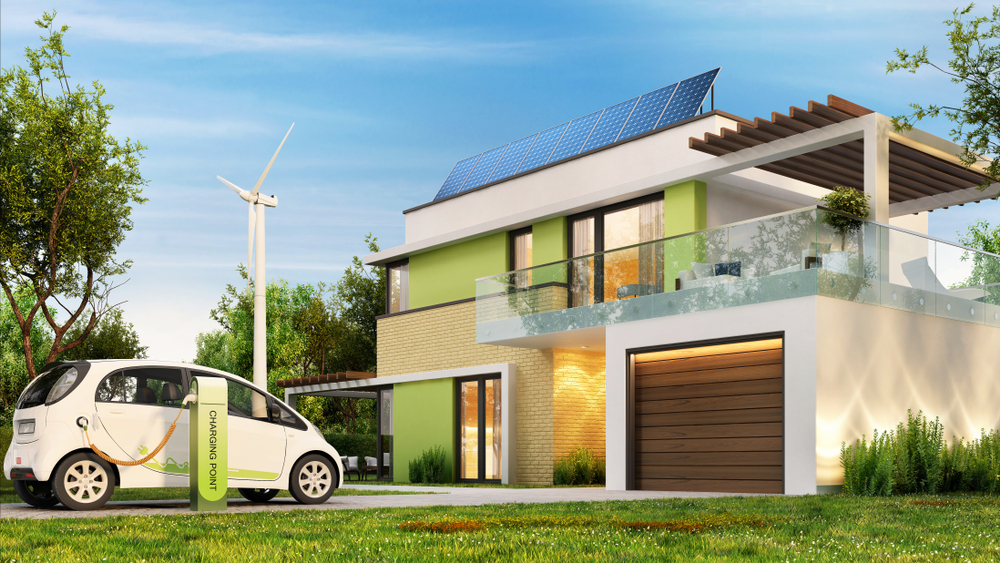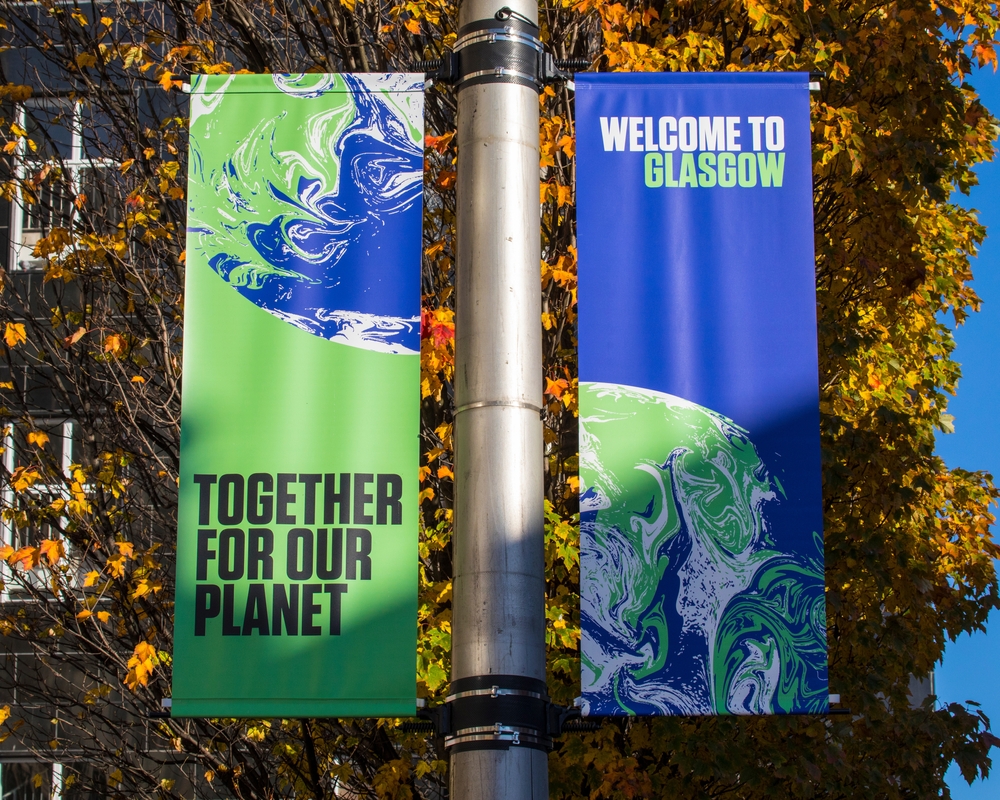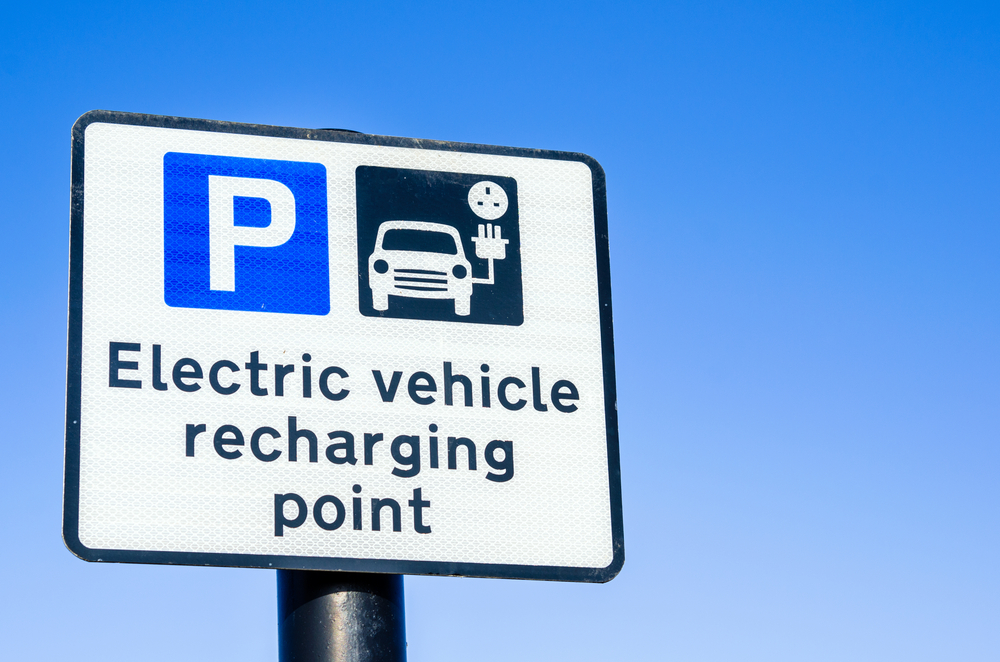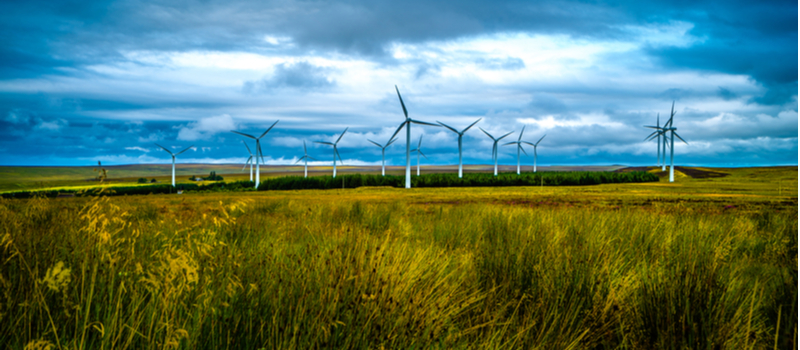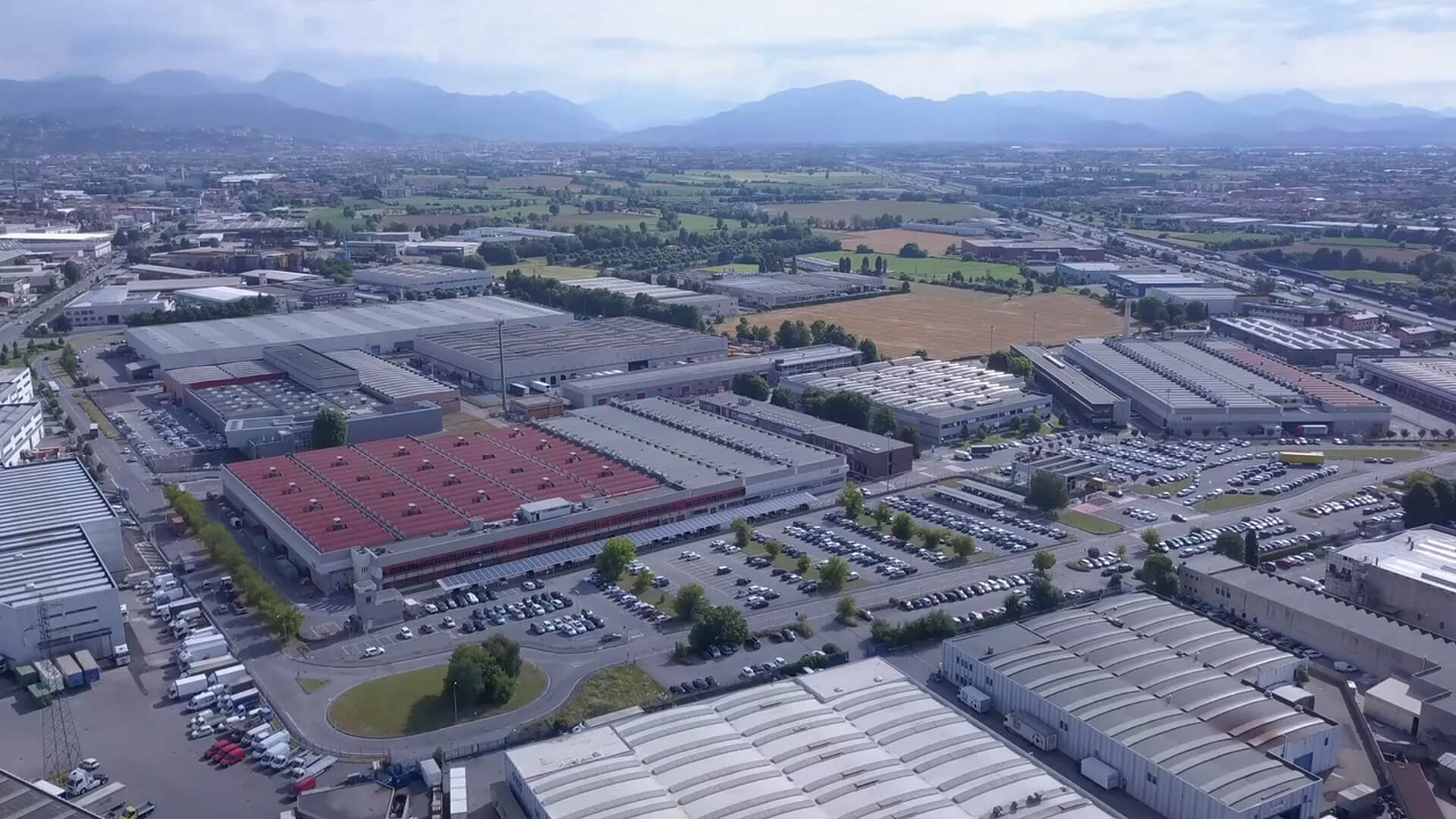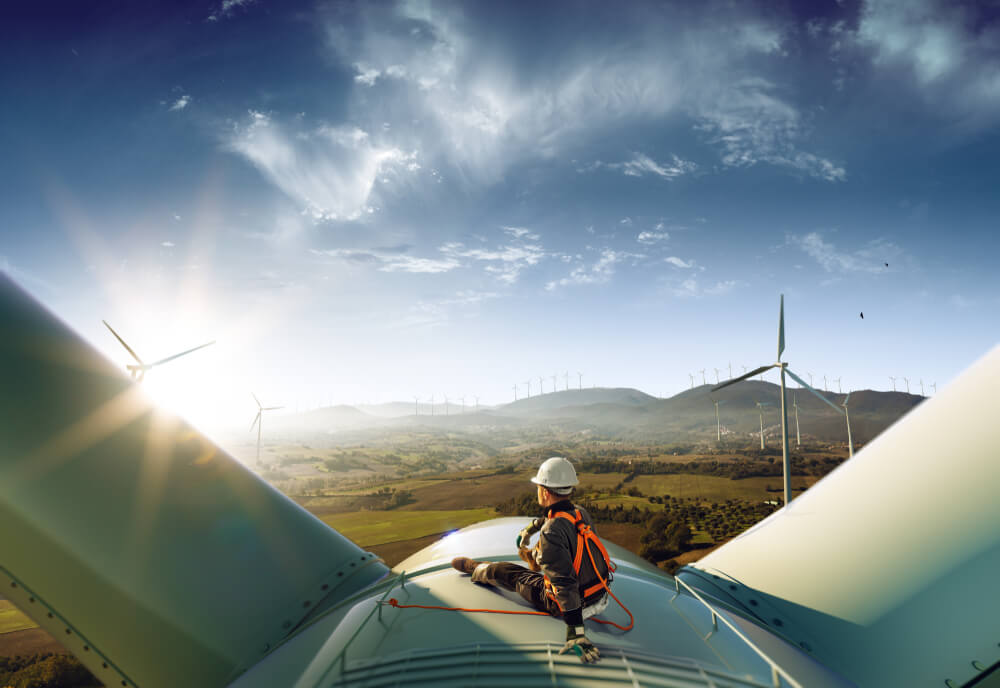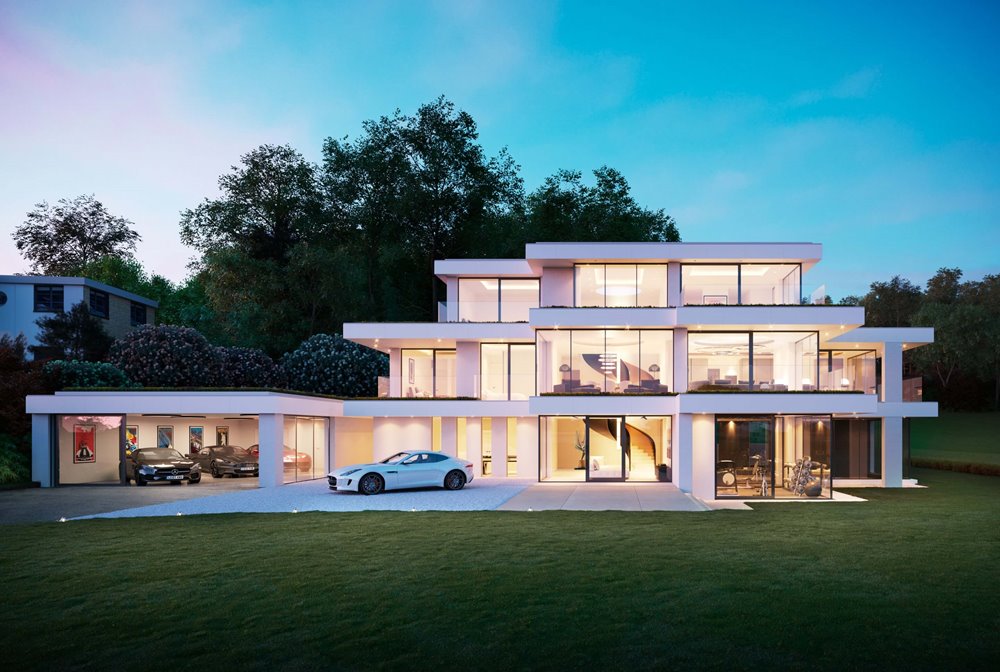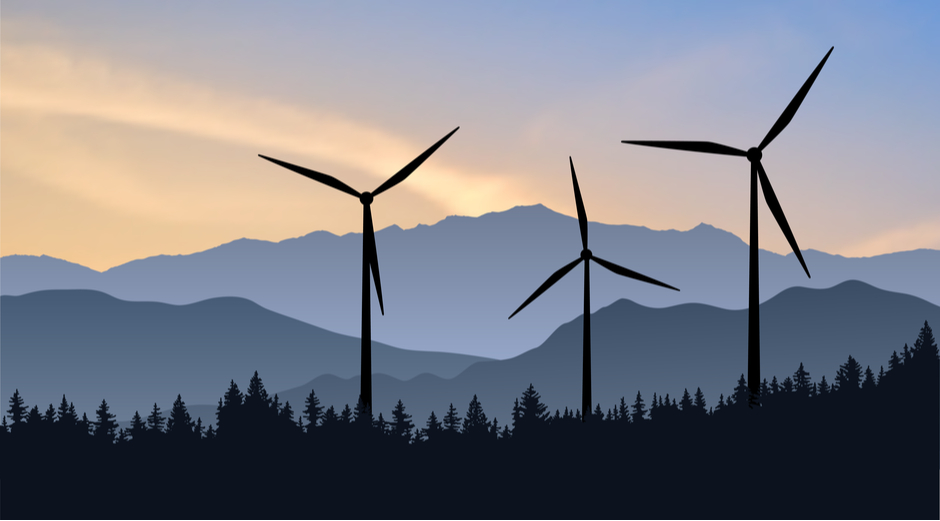Eight installs to save the day…
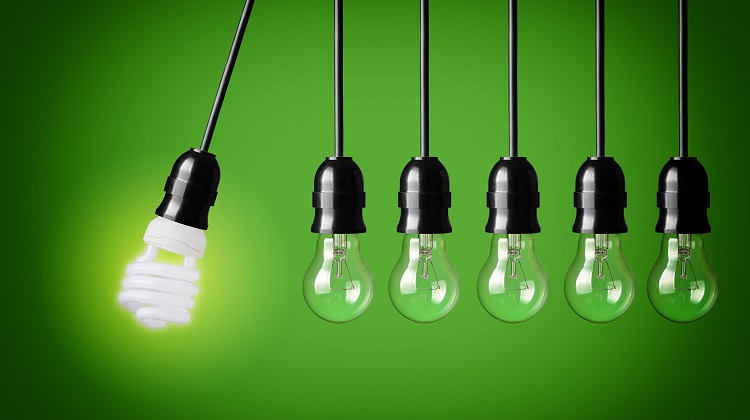
The need for action against climate change is now more urgent than ever, and it is widely agreed that huge investment is required to pull us through a post-COVID-19 recession and allow us to meet our Net Zero Carbon 2050 commitment.
Electrotechnical contractors are ideally placed to provide low to no carbon solutions, principally through the electrification of transport and heat and the move to an energy prosumer model, coupled with a smarter national energy grid.
These major trends are all backed by a growing array of ‘ready to install’ technologies, with more on the way. However, designers and installers need a good understanding of how they work, and how they interact to deliver the best performance. Solar PV and Solar thermal, for instance, can work well with a heat-pump system to reduce the carbon footprint of a home or office.
When quoting a carbon-reducing solution to a client, it obviously very useful to indicate the kilogrammes of carbon that an installation can save per year, though a representative figure can be difficult to determine.
For example, current building regulations still refer to SAP 2012, which uses the outdated figure of 0.519 kgCO2 emitted per kWh for grid electricity.
Yet increasing renewable energy has in reality massively reduced the carbon intensity of the grid. In July 2018, SAP 10.0 listed this as 0.233 kgCO2. However, SAP 10.1 (October 2019) cited 0.136 kg CO2 - much lower than mains gas.
Adoption of SAP 10.1 in the next iteration of the Building Regulations parts L & F, and the Future Homes Standard, will make the low carbon electrification of heat more compelling for new builds and retrofits. (Looking forward, the carbon intensity of the grid is expected to fall even further).
Understanding these figures is vital to be able to present reliable carbon savings information to clients when explaining the potential benefits of different systems.
ECA has identified around 15 areas of low to no carbon electrotechnical opportunity for contractors. Without further ado, here are eight of the front running technologies that can deliver major carbon reductions, operational savings and other benefits to clients (all figures are indicative only).
Are you up to date with ECAtoday?
ECAtoday is the official online magazine of ECA and reaches thousands of people within the electrotechnical and engineering services industry.
.png?width=970&height=90&ext=.png)





